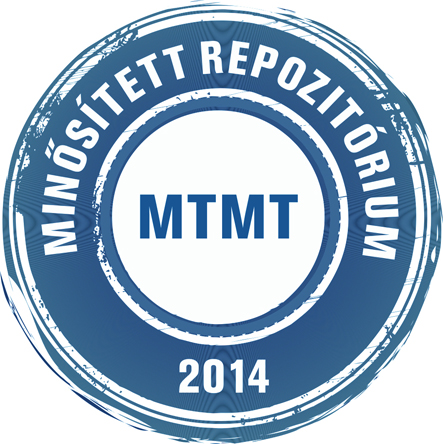Nádudvari Ádám; Abramowicz Anna; Ciesielczuk Justyna; Cabała Jerzy; MiszKennan Magdalena; Fabiańska Monika: Self-heating coal waste fire monitoring and related environmental problems : case studies from Poland and Ukraine. In: Journal of environmental geography, (14) 3-4. pp. 26-38. (2021)
|
Cikk, tanulmány, mű
journal_geo_014_003-004_026-038.pdf Letöltés (2MB) |
Absztrakt (kivonat)
The self-heating of coal waste dumps is considered as a serious environmental issue, wherever active or inactive coal mining has been present. This issue is introduced from two active coal mining regions from Poland (Upper Silesian Coal Basin) and Ukraine (Donetsk Coal Basin) based on mineralogy, organic petrography and geochemistry, and remote sensing techniques. Thermally affected coal wastes reveal changes recorded by organic and mineral matter. Irregular cracks and fissures appear within and at the edges of organic matter particles, which are oxidised, devolatilised and plasticised. Mineral phases underwent oxidation, dehydration, structure rebuilding and recrystallisation. Highest temperatures generated during the fire cause melting and paralava formation. During selfheating, some chalcophile elements like Hg (mostly present as HgS), Pb, Zn can be enriched and released, or different organic pollutants like phenols (originated from vitrinite particles), different PAHs with alkyl substitutes, chlorinated PAHs, or sulphur heterocycles are formed. The introduced remote sensing techniques helped to localise and monitor hot spots with different temperature ranges. Applying SWIR bands of Landsat hot spots from extremely burning dumps in Ukraine were successfully localised, however, only night-time scenes with SWIR can be used. The sun’s disturbing effects should be considered as an influential factor for both thermal imaging camera or satellite images. Thermal cameras can reveal the most detailed signs of low to high temperature anomalies with different cracks and line shapes.
| Mű típusa: | Cikk, tanulmány, mű |
|---|---|
| Befoglaló folyóirat/kiadvány címe: | Journal of environmental geography |
| Dátum: | 2021 |
| Kötet: | 14 |
| Szám: | 3-4 |
| ISSN: | 2060-467X |
| Oldalak: | pp. 26-38 |
| Nyelv: | angol |
| Kiadás helye: | Szeged |
| Befoglaló mű URL: | http://acta.bibl.u-szeged.hu/75795/ |
| DOI: | 10.2478/jengeo-2021-0009 |
| Kulcsszavak: | Hulladékgazdálkodás, Környezetvédelem, Környezetszennyezés |
| Megjegyzések: | Bibliogr.: p. 35-38. ; ill. ; összefoglalás angol nyelven |
| Szakterület: | 01. Természettudományok 01. Természettudományok > 01.05. Föld- és kapcsolódó környezettudományok 01. Természettudományok > 01.06. Biológiai tudományok |
| Feltöltés dátuma: | 2022. jún. 24. 12:03 |
| Utolsó módosítás: | 2022. jún. 24. 12:04 |
| URI: | http://acta.bibl.u-szeged.hu/id/eprint/76065 |
 |
Tétel nézet |



